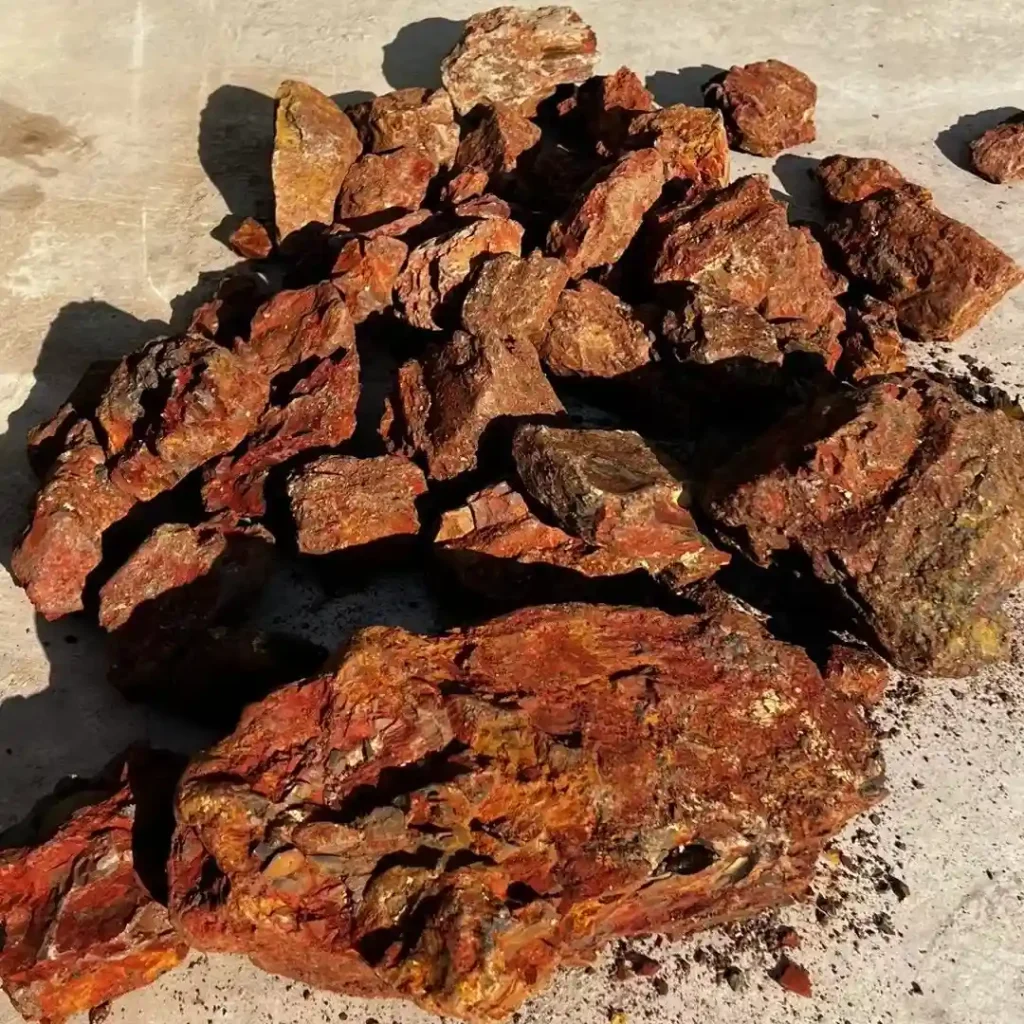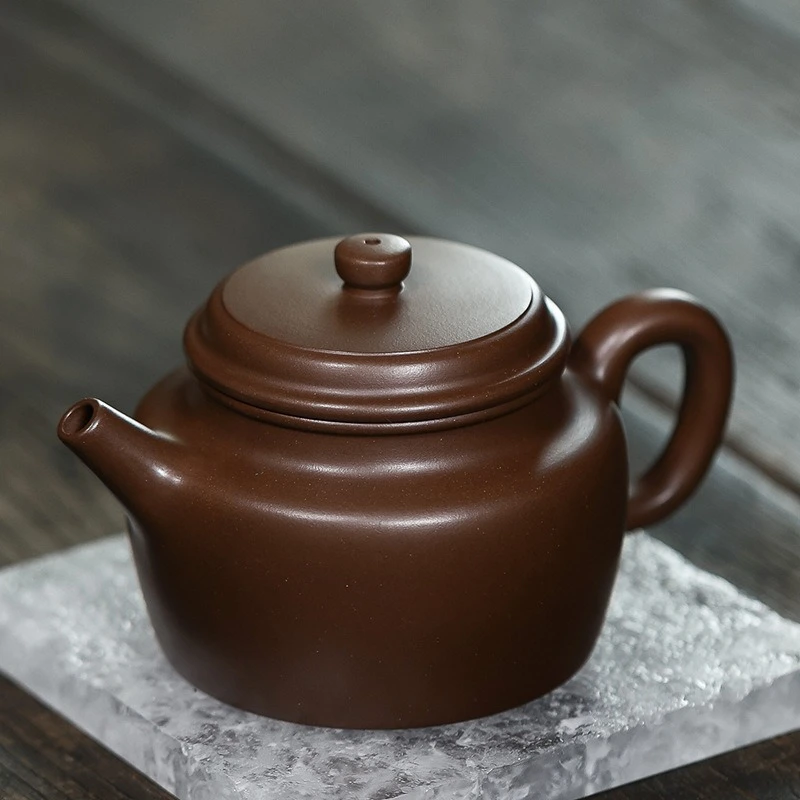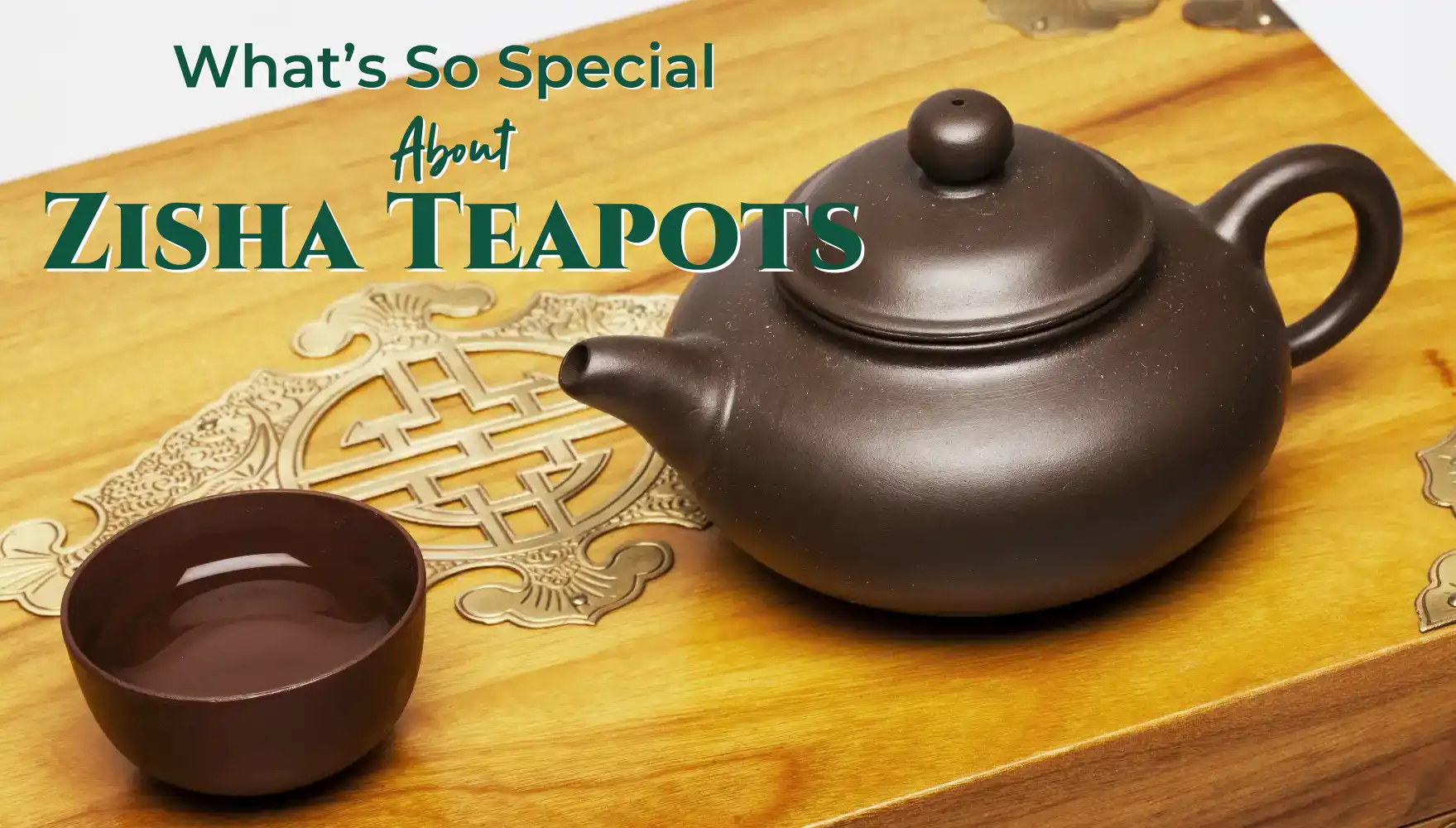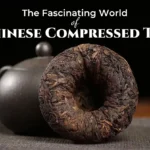Zisha teapots originate from Yixing, a region in Jiangsu Province, China, renowned for its high-quality clay deposits. “Zisha” translates to “purple sand,” referring to the distinctive reddish-brown to purple-brown color of the clay used to craft these teapots. The history of Zisha teapots dates back to the Song Dynasty (960-1279 AD), but they gained widespread popularity during the Ming Dynasty (1368-1644 AD).
Yixing’s exceptional geological circumstances have endowed the region with clay that has remarkable qualities for creating teapots. The clay’s durability, heat retention, and capacity to improve tea flavor are all attributed to its abundance of iron oxide and other minerals. Yixing craftspeople have honed their methods over the ages, transferring their expertise from generation to generation and transforming the Zisha teapot-making craft into an art form.
The Unique Properties of Zisha Clay
What sets Chinese clay teapots apart from other types of teaware is the exceptional quality of the clay used in their construction. The Zisha clay, found only in the Yixing region, possesses several unique properties that make it ideal for brewing tea:

Porosity: Zisha clay is naturally porous, allowing the teapot to “breathe.” This porosity helps to regulate the temperature inside the pot, ensuring optimal brewing conditions for your tea.
Heat Retention: Zisha clay’s dense structure allows it to retain heat exceptionally well. This property ensures that your tea stays at the perfect temperature throughout the brewing process and while serving, resulting in a more consistent and enjoyable tea-drinking experience.
Non-reactive Nature: Unlike other materials used in teaware, Zisha clay is chemically inert. This means it doesn’t impart any unwanted flavors or aromas to the tea, allowing the true character of the tea leaves to shine through.
Durability: When properly cared for, a Zisha teapot can last generations. The clay’s composition makes it resistant to thermal shock, meaning it can withstand sudden temperature changes without cracking or breaking.
Aesthetic Appeal: Beyond their functional properties, Zisha teapots are prized for their beauty. The natural colors of the clay range from reddish-brown to purple, with some rarer clays exhibiting green or yellow hues.
Zisha Teapot Benefits: Enhancing Your Tea Experience
The unique properties of Zisha clay teapots translate into several tangible benefits for tea enthusiasts:

Improved Flavor Profile: One of the Zisha teapot’s benefits is that tea brewed in a purple clay teapot has a softer, more complex flavor than tea brewed in other types of teaware. This is partly due to the clay’s ability to absorb trace amounts of tea oils, contributing to a more nuanced flavor profile over time.
Temperature Control: The excellent heat retention properties of Zisha clay ensure that your tea remains at the optimal temperature throughout the brewing process. This consistent temperature helps to extract the full range of flavors and aromas from the tea leaves without overstepping or scalding.
Seasoning and Personalization: One of the most intriguing aspects of owning a Zisha teapot is the concept of “seasoning.” With each use, the teapot absorbs tiny amounts of tea, gradually building up a layer of tea oils within its porous structure.
Versatility: While some tea enthusiasts dedicate their Zisha teapots to a single type of tea to maximize the benefits of seasoning, these teapots are quite versatile. Their non-reactive nature means they can be used to brew a wide variety of teas without imparting unwanted flavors.
Mindful Tea Ritual: Using a Zisha teapot can transform your tea-drinking experience into a mindful ritual. Preparing tea in these beautiful, handcrafted vessels encourages a slower, more deliberate approach to brewing and drinking tea.
Long-term Investment: A high-quality Zisha teapot is a functional and potential investment. Well-made teapots from reputable artisans can appreciate value over time, especially as they develop a beautiful patina through regular use.
Cultural Connection: Owning and using a Zisha teapot connects you to centuries of Chinese tea culture. It allows you to partake in a tradition cherished by tea lovers for generations, adding depth and meaning to your tea-drinking experience.
Eco-friendly Choice: Zisha teapots are a sustainable choice for environmentally conscious tea drinkers. Made from natural clay and designed to last for generations, these teapots offer a more eco-friendly alternative to single-use tea bags and plastic teaware.
Choosing for Your Zisha Teapot
If you’re considering adding a Zisha teapot to your tea collection, there are several factors to keep in mind:
Authenticity: Given the popularity and value of Zisha teapots like Yixing teapots, it’s essential to purchase from reputable sources to ensure you’re getting an authentic product. Look for teapots made from genuine Yixing clay, as many imitations on the market are made from inferior materials.
Size and Shape: Zisha teapots come in various sizes and shapes, each suited to different tea and brewing styles. Smaller pots (100-200ml) are typically used for brewing gongfu-style oolong or pu-erh teas, while larger pots may be more suitable for green or black teas.
Clay Type: Different types of Zisha clay can affect the tea’s flavor and aroma. The most common types are zini (purple clay), hong ni (red clay), and duan ni (yellow clay). Each has its own characteristics and is thought to pair better with certain types of tea.
Craftsmanship: Look for teapots with smooth, even surfaces and well-fitting lids. The spout should pour smoothly without dripping, and the lid should fit snugly without rattling.
Conclusion
Zisha teapots represent a perfect blend of form and function, embodying centuries of Chinese tea culture and craftsmanship. Their unique properties make them more than just vessels for brewing tea; they are partners in the tea-drinking experience, enhancing flavors, aromas, and the overall enjoyment of your favorite teas. Whether you’re a seasoned tea connoisseur or just beginning to explore the world of fine teas, a Zisha teapot can add a new dimension to your tea journey.
Suppose you’re interested in learning more about teapots Zisha or exploring our selection of premium teas from the Qinling Mountains and beyond. In that case, we invite you to visit our Yixing Zisha collection. Our team of tea experts would be delighted to share our knowledge and help you find the perfect tea and teaware to elevate your tea-drinking experience.
References
- Luo, L. (2016). The Charm of Zisha Teapots: A Cultural and Artistic Exploration. Journal of Chinese Ceramic Art, 24(3), 45-62.
- Zhang, Y., & Wang, H. (2018). Material Properties and Brewing Performance of Yixing Zisha Clay Teapots. Journal of Food Engineering, 225, 12-19.
- Chen, X. (2019). The Art of Yixing Zisha Pottery. Beijing: Cultural Relics Publishing House.
- Li, J., et al. (2020). Chemical Composition and Mineralogical Characteristics of Yixing Zisha Clay. Applied Clay Science, 190, 105568.
- Wang, Q. (2017). The History and Cultural Significance of Zisha Teapots in Chinese Tea Ceremony. Asian Journal of Social Science Studies, 2(3), 20-28.


